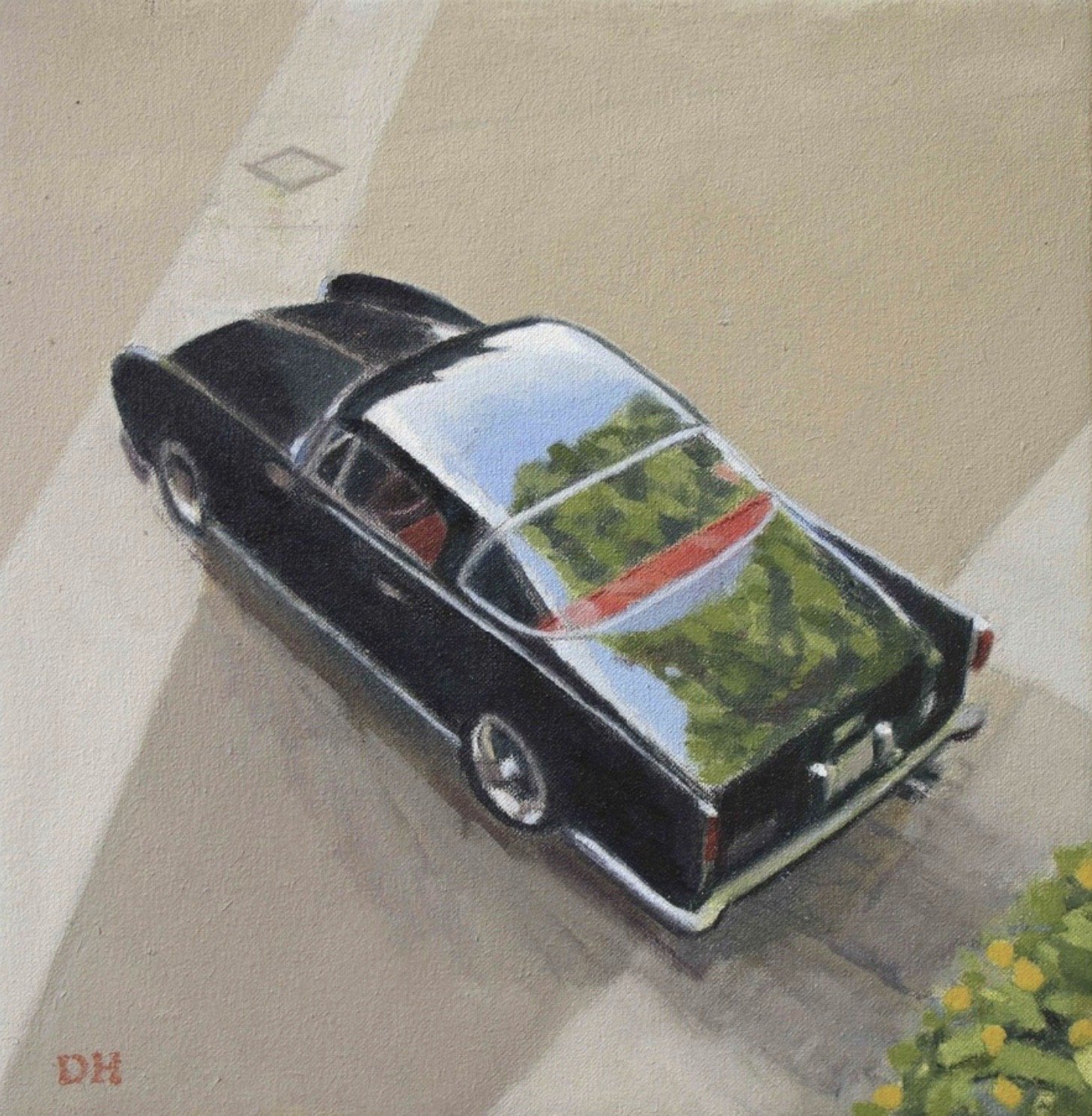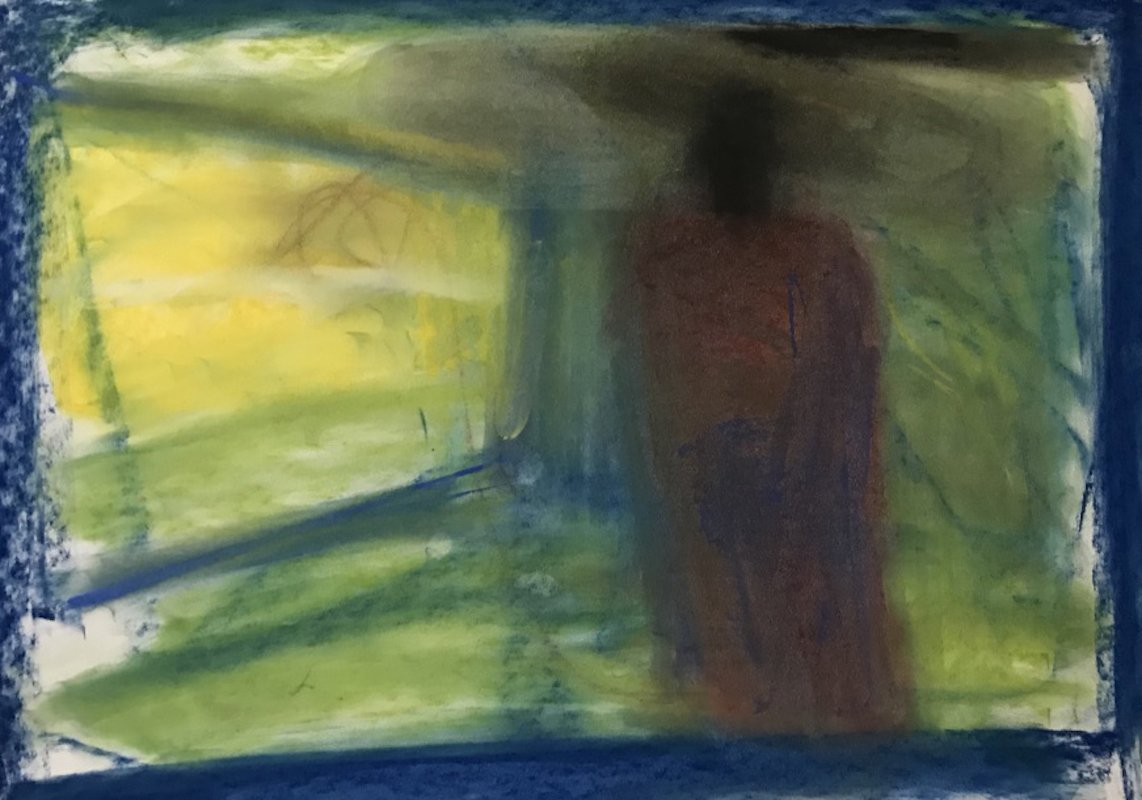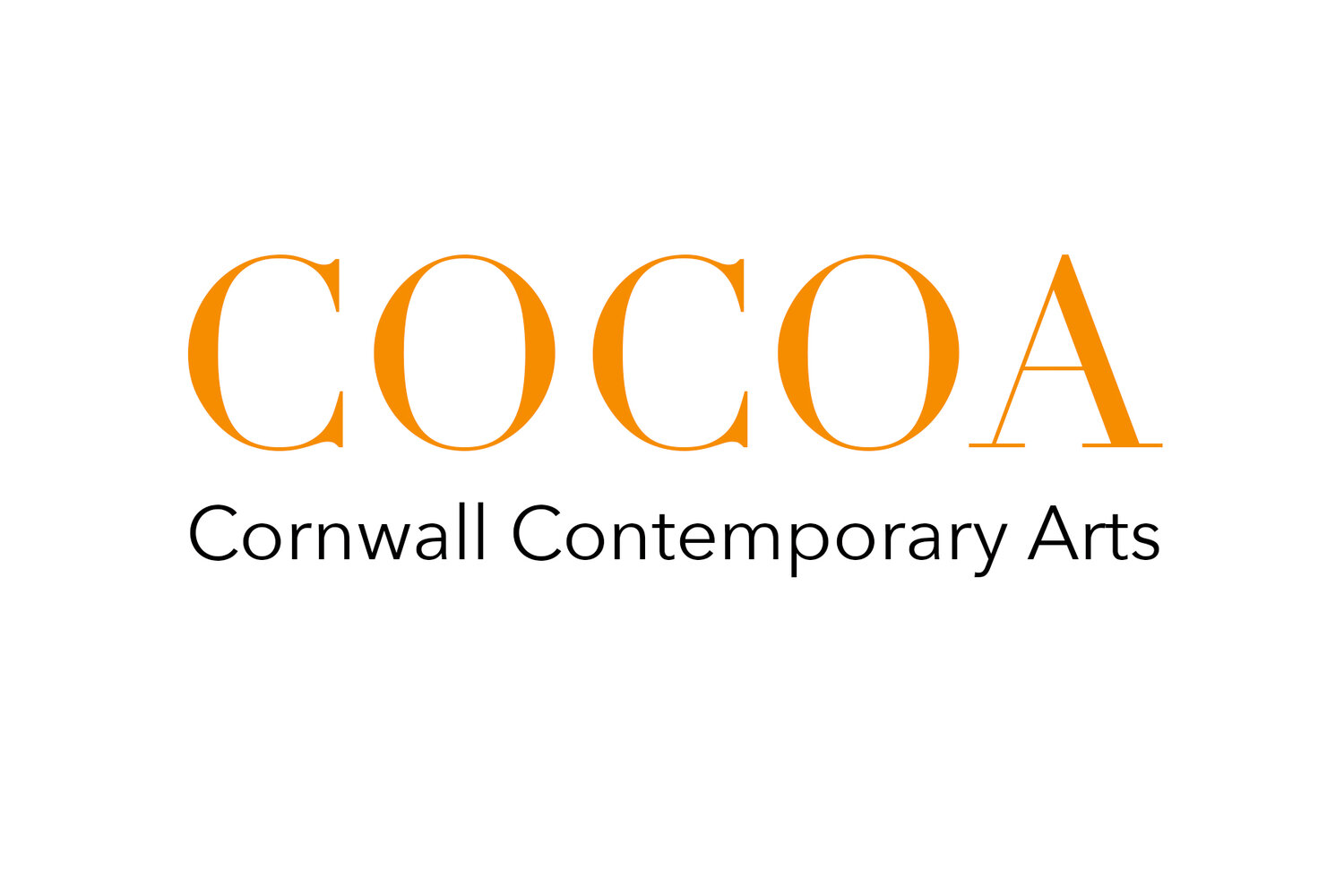
PICTURING DUNCAN HANNAH, Part III
One day in 1990 the director at my gallery called to tell me a guy had come in asking for my phone number.
“What’s he like?”
“He’s a bit of a fop.”
I was intrigued.
We became fast friends, meeting for lunch, spending afternoons in galleries and talking in his Upper West Side studio. We had a lot in common: a love of clothes, books, and music (we went together to scores of concerts). And we shared a love for all things British.

PICTURING DUNCAN HANNAH, Part II
PART TWO: I have three younger brothers, and an older and a younger sister, but Duncan Hannah was my unofficial older brother. I met him in my early 20s on the stairs of the Semaphore Gallery in Soho, where he was having a painting show in the big room. At that moment in time he was a celebrated “art-boy du jour,” who used to punningly describe himself as “King Tot.” After all, he was the star of underground movies, and his dashing photos were in all the coolest magazines. Imagine my disbelief when after our introduction he said,“Oh,you’reThomas Woodruff, I have a file of your illustrations I am collecting!” I was floored. I was a kid with a scant career, and no one noticed it, but Duncan had. Clearly I was charmed by this unassuming handsome fellow and his idiosyncratic deep knowledge of what he liked, and he had files to prove it. He liked me, and I liked him.

PICTURING DUNCAN HANNAH, Part I
PART ONE: Duncan Hannah, who passed away June 11 of this year, was one in a million. Artist, writer, briefly an actor and always a bon vivant, Hannah lived a big life and chronicled it in his 2018 autobiographyTwentieth-Century Boy. It is through these words that we can learn, for instance, about his downtown days in 1970s and 1980s New York and about his connections to Andy Warhol, the Talking Heads, Patti Smith, Tom Verlaine and other famous and infamous characters.
Yet as comprehensive a document as this is, there is of course more to say. In this three-part series, “Picturing Duncan Hannah,” COCOA has set out to create an alternate portrait of Duncan, one sketched by many whose friendships with him were deep and enduring. We are so appreciative of these ten contributors who have given us glimpses into their personal relationships with Duncan — how they met, stories no-one else knows, their grief. Many thanks to Eric Aho, Ellen Berkenblit, Barry Blinderman, Gretchen Carlson and Philip Taaffe, Jeff Joyce, Walter Robinson, Mary Jo Vath, Thomas Woodruff and Geoffrey Young for sharing these recollections. Thank you as well to Sara Cousins and Pierce Kearney and Valorie Fisher and David Cowan for additional images of pieces that were gifts from Duncan.

Splendid Isolation: Nietzsche At Sils Maria
Nature is a most unnatural subject for me to write about. I find country pleasures at best a pain, at worst a phobic encounter with elements emphatically not mine. Wide open spaces, bristly woods, lakes and ponds that lead nowhere but to the bottom, and houses on isolated acreage bring on dread.
My last long stay two Christmases ago in a rarefied japoniste cabin in the Connecticut woods inspired me to listen to podcasts and watch documentaries, not about Transcendentalist nature-lovers Thoreau or Emerson but the darker spirits of Nietzsche and Foucault. The latter philosopher was pitch dark as John McCain’s maxim. Foucault’s life, particularly his childhood, was a shock corridor that put me in mind of Joseph Conrad’s immortal exhortation in Lord Jim, “In the destructive element immerse.”

Jeannette Montgomery Barron, New Drawings: An Exhibition
The drawings in Jeannette Montgomery Barron’s series of abstractions number in the hundreds, yet she has been almost reluctant to reveal their existence. Barron, a photographer known for portraits of denizens of the 80s art world (Cindy Sherman and Keith Haring among others) has a long resume of international exhibitions and monographs filled with her images. Several books have focused on downtown New York while Mirrors (2004) includes text by Edmund White, and Roman Hours (2021), a paean to her second home, is a collaboration with writer Andre Aciman. This summer, however, Montgomery Barron started to intersperse the photos on her Instagram feed with an occasional drawing, usually accompanied by brief text. “I know I’m supposed to be a photographer but I really love to draw,” read one.

